At least there’s one thing President Macron and I can agree on: overpriced audiophile cables are a national embarrassment. So when Advance Paris—a brand known for delivering très sérieux performance without Versailles-level markup—announced the LINK series, I was skeptical but intrigued. Now that the full lineup has landed stateside, including speaker, RCA, XLR, subwoofer, Toslink, and coaxial digital cables, we finally get to see whether the French have brought sonic sophistication or just another baguette wrapped in braided nylon.
In a market oversaturated with cable voodoo and gold-plated snake oil, Advance Paris is aiming for something refreshingly practical: high-performance cables that respect both your ears and your bank account.
With so many cable brands already elbowing for space—QED, Chord Company, AudioQuest, Kimber, Monoprice—one might wonder why Advance Paris decided to throw their beret into the ring. Especially when the audiophile crowd’s wallets have learned to twitch nervously at the mere mention of “high-end” cables.
Advance Paris has priced their LINK series to tango mostly with the entry-level heavy hitters like QED, Chord, and AudioQuest. So, to stand out in this crowded soirée, they’re going to need more than just a fancy name and a French accent.
And here’s something you won’t find from them—no mysterious $5,000 speaker cables from an American outfit whose name we won’t dare mention, the ones that had last week’s audiophile tea-spillers clutching their pearls and muttering, “Mais, pourquoi?”
Advance Paris: Making Waves in Affordable Hi-Fi Cables
Advance Paris got its start back in 1995 as Advance Acoustic, originally a speaker maker before branching into electronics with their first integrated amplifier in 2003. Right out of the gate, they established a look and feel that’s become their trademark—big, bold VU meters and a nod to classic tube preamp design.
Now, it’s clear Advance Paris is making a serious push into the U.S. market with entry-level and mid-tier gear. Offering their own line of cables feels like the natural next step—they’re giving consumers the same cables they’ve used in developing their electronics. Prices? Surprisingly competitive, even with the tariffs slapped on imports from the EU.
And here’s what sets them apart: no ridiculous $1,000 one-meter Ethernet cables, no absurd $3,000 power cords. It’s a quiet but refreshing statement—they know their market isn’t gullible enough to fall for that kind of nonsense–with some notable exceptions on specific Hi-Fi forums.
The LINK cable range is engineered to deliver high-quality sound at a competitive price point, targeting both audiophiles and users seeking straightforward, reliable cables. The cables use Ohno Continuous Cast (OCC) copper to maintain signal purity and support accurate sound reproduction. Durable metal connectors ensure consistent, secure connections.

Advance Paris LINK Cable Range & Pricing
Speaker Cables
- L-LS3: $399 (US) / €299 (EU) / £325 (UK)
- L-LS4: $479 (US) / €349 (EU) / £375 (UK)
- L-LS5: $549 (US) / €399 (EU) / £400 (UK)
Subwoofer Cables
- L-SUB3: $129 (US) / €99 (EU) / £110 (UK)
- L-SUB5: $169 (US) / €129 (EU) / £145 (UK)
- L-SUB10: $269 (US) / €199 (EU) / £200 (UK)
Analog Stereo XLR Cables
- L-XLR0.5: $199 (US) / €159 (EU) / £175 (UK)
- L-XLR1.5: $279 (US) / €199 (EU) / £225 (UK)
Analog Stereo RCA Cables
- L-RCA0.5: $99 (US) / €79 (EU) / £90 (UK)
- L-RCA1.5: $139 (US) / €99 (EU) / £120 (UK)
Digital Coaxial RCA Cables
- L-COAX1: $99 (US) / €79 (EU) / £90 (UK)
- L-COAX2: $139 (US) / €99 (EU) / £120 (UK)
Digital Optical RCA Cables
- L-OPT1: $69 (US) / €49 (EU) / £60 (UK)
- L-OPT2: $99 (US) / €79 (EU) / £90 (UK)
For this review, Advance Paris provided us with the 3-meter pair of speaker cables, the 1-meter digital coaxial cable, and the 1-meter RCA single-ended cable featuring a grounding wire designed for phono applications.
Unboxing and Build Quality
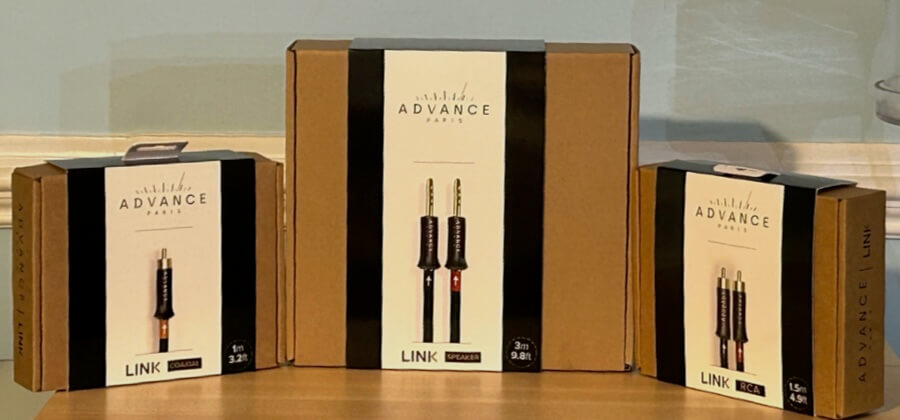
Advance Paris keeps it straightforward with pricing—and packaging. It’s not Martha Stewart-level fancy, but the boxes are compact, sturdy, and the slip-on sleeves sport sharp photos on the front with all the essentials on the back. It’s a clean, less-is-more approach that fits everything neatly into three small boxes inside a shipping carton.
No weird, oversized Ziploc bags here—unlike some “high-end” U.S. brands charging $3,000 for power cords or speaker cables who apparently think cramming luxury gear into plastic sandwich bags is kosher. Newsflash: you’re selling premium products. Maybe treat your customers like they aren’t total schmucks.
All three cables sport a black woven mesh that’s tightly woven and feels solid enough, though Advance Paris doesn’t say much about what’s going on inside with shielding. They wisely avoided that “is that a garden hose in your pants or are you just happy to see me” cable girth—these are easy to bend and manage without wrestling an anaconda.
The connectors? Solid quality across the board. The banana plugs and RCA connectors feel well made and built to last—none of that flimsy nonsense you sometimes get when brands forget they’re supposed to be selling something premium.
Listening
Advance Paris didn’t send over the XLR interconnects I could’ve used between my DACs and the Cambridge Audio Edge A or Schiit Ragnarok II amps, but honestly, no complaints straight out of the box.
After accumulating more cables than I care to admit over the past 30 years—from Clarus Audio to Analysis Plus, Cardas, Kimber, AudioQuest, QED, Chord, and Nirvana Audio—I had plenty of points of comparison. Since the LINK cables price themselves alongside my QEDs, Chords, and Kimbers, it made sense to swap them in and out across a few setups and see how they held up.
The question: are these a high-end Peugeot, nimbly carving corners through the French countryside? Or just a soggy baguette left forgotten in the Marais after a Sunday morning lie-in, missing that crucial first wave of fresh bread?
All of the LINK cables are directional, with the proper signal flow clearly marked on the cable jacket. No decoder ring needed—just follow the arrows and plug accordingly.
The “cables don’t make a difference” crowd might want to look away. I gave each LINK cable—or set of cables—a proper shot to either shine or crash spectacularly into the crowd during a stage of the Tour de France, baguette crumbs and all. They were rotated through a wide range of gear to keep things fair.
LINK Digital
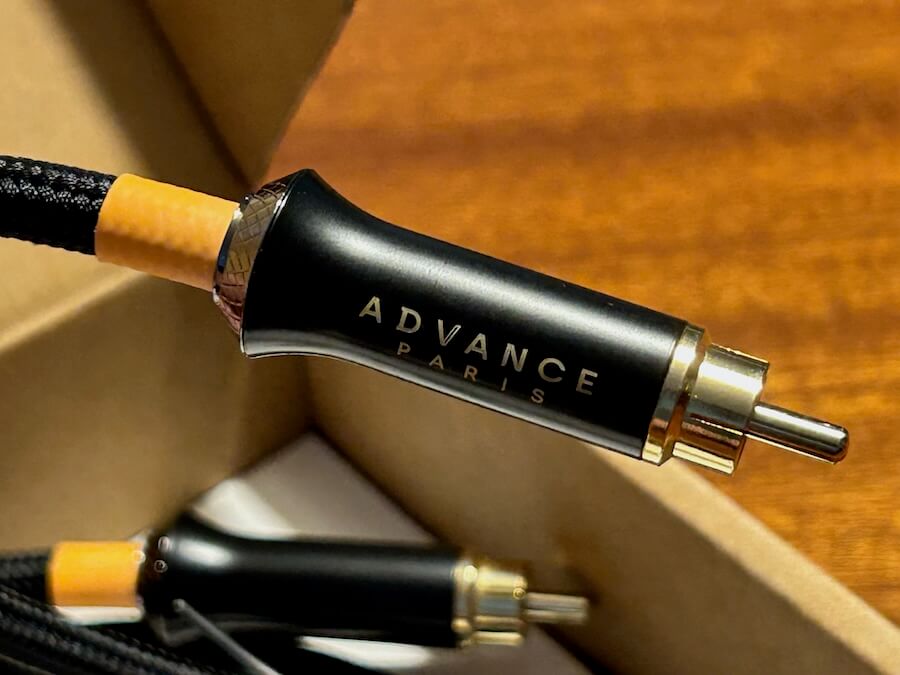
Digital sources included CD players and network streamers from Marantz, Audiolab, NAD, WiiM, Cambridge Audio, and HiFi Rose. On the amplifier side, I cycled through the Cambridge Audio Edge A, Audiolab 6000A, NAD C316BEE V2, Schiit Ragnarok 2, WiiM Vibelink, and Marantz M1. If there were going to be differences, they weren’t going to hide for long.
I’ve owned the Audiolab 6000CDT for close to five years now, and over that time, it’s been paired with more DACs and amplifiers than I care to count—as long as they’ve got a coaxial digital input, it’s been in the rotation. Like its sibling, the 6000A integrated amp, the CDT isn’t what you’d call warm. We’re talking razor-flat neutrality. I’ve been to parts of Northern Ontario in January that felt cozier.
Swapping in the LINK coaxial cable changed that equation almost immediately. Not in a night-and-day, miracle-cure kind of way, but enough to raise an eyebrow. To really lock things in, I rotated through a few speakers—Acoustic Energy AE100 MKII, Q Acoustics 3030i, and Wharfedale Diamond 10.1s—until it all clicked.
Amy Winehouse’s lawyer hit me with a restraining order last month—who’s going to break it to him?—but I’ve never been great at taking a hint. The quart of matzo ball soup has officially migrated from fridge to freezer, since it might be a while before she makes it for Shabbos. Still, “Valerie” stays firmly in rotation.
Tonally, the LINK coaxial cable isn’t aiming for strict neutrality. There’s a slightly darker tilt through the mids and treble—not veiled, just a bit more weight and less glare. It still sounds clean and resolves detail well, but it doesn’t push it in your face. Compared to the QED and Chord coaxial cables it replaced, the LINK trades some of their crispness for texture and body—there’s a bit more flunken on the bone.
That sometimes edgy, slightly etched top end on Winehouse’s vocals—especially when fed through the Audiolab and more analytical amps and speakers—felt smoothed out. More soul, less bite.
Horns also took a noticeable turn with the LINK coaxial cable in the chain. My Blue Note CD collection has grown considerably over the years, and while the silver discs don’t quite match the texture or presence of the vinyl pressings, they still blow the doors off most of what I’ve streamed on TIDAL or Qobuz.
With the LINK in place, saxophone and trumpet had more body and tonal color—richer and more rounded—but with a bit less bite in the upper treble. On more analytical speakers, that shift was a welcome change. It tamed some of the glare without losing character.
But on something like the Q Acoustics 3050i, which already leans warm and slightly rolled-off up top, that same shift felt like too much of a good thing. Great for taking the edge off; not so great if you’re already working with a thicker sonic palette.
Bass response took a turn for the better on some of the leaner-sounding speakers in the room—Q Acoustics 5040, 3020c, and the ever-picky Magnepan LRS. Notes had more weight, more impact. Did the LINK coaxial cable color outside the lines a bit? Absolutely. But late at night, lights low, and Music Has the Right to Children spinning, I wasn’t complaining.
With electronic music—Daft Punk, Kraftwerk, Boards of Canada, Leftfield, Aphex Twin—the added low-end presence didn’t just fill in the gaps, it gave the system some muscle. The room felt more alive, like something had finally kicked the subwoofers into gear… except I wasn’t using any. It didn’t flatten or blur things, just gave them some extra drive. For systems that sometimes feel like they’re coasting, this was a welcome jolt.
LINK Analog
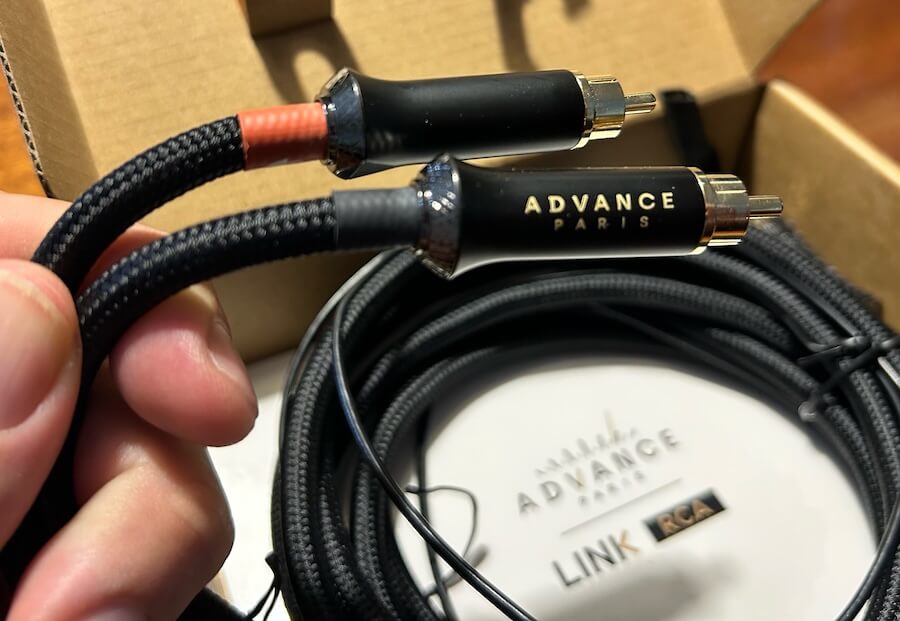
The RCA analog cable followed the same playbook as the digital coax—slightly darker tonal balance, clean with solid clarity, and just enough finesse to keep things honest. Both my Pro-Ject and E.A.T. phono preamps run tubes and already bring a bit of extra warmth to the table. My Denon and Ortofon cartridges lean in the other direction—more speed and bite—which kept things from turning into sonic treacle.
The LINK cable struck a good balance between the two ends of that spectrum. Nothing shouty, nothing artificially glossy—just clean, composed, and well-paced. Running it from the Marantz CD60, which already leans warm and smooth, the LINK preserved that character without turning the sound into syrup.
It didn’t try to rewrite the system’s personality—just nudged it in a direction that made more musical sense. Unlike some boutique cables that swagger in like Lord Flashheart, charge you a fortune, and leave you wondering where all the resolution went in the morning, this one just quietly gets the job done.
LINK Speaker

The LINK speaker cable ended up being the most interesting piece of the trio—mainly because it stood out from the more analytical-sounding cables in my collection from Chord, QED, and Clarus Audio. The lone exception being the QED Golden Anniversary XT, which continues to punch in well above its price tag and remains one of the best bargains in the category.
While the British-made QED leans warm and forgiving, its French counterpart adds a little extra polish to the presentation. The LINK cable looks and feels more upscale, with a tighter, more controlled performance from top to bottom. Both lean toward a richer tonal balance, but the LINK doesn’t blur the edges. It’s less warm pint at the pub, more structured Bordeaux with a knowing smirk. The Brits may call it character—Advance Paris calls it refinement with just enough attitude.
The Bottom Line
Advance Paris isn’t trying to reinvent the wheel with the LINK cable series—but they’ve absolutely managed to round off some of the sharper edges found in many entry-level and mid-tier systems. If your setup leans overly analytical, sterile, or just plain dull, these cables offer a welcome dose of tonal richness and texture without smothering detail or veering into syrupy excess. They’re not dead neutral—and that’s kind of the point.
Build quality is solid, pricing is competitive, and the aesthetic feels more high-end than most cables in this range. If you’re chasing ultimate transparency, look elsewhere. But if you’re after a cable that adds some warmth, body, and a touch of finesse without requiring you to pledge allegiance to a $5,000 power cord cult, the LINK series delivers.
In short: a well-judged dose of French flavor. Not too rich, not too lean—just enough to keep your system from sounding like it’s been sentenced to the guillotine. Vive la différence.
Pros:
- Subtle tonal warmth adds body and texture without killing detail
- Competitive pricing across the entire range
- High-quality connectors and tight build quality
- Flexible, easy-to-route design (no garden hoses here)
- Aesthetic feels more premium than similarly priced options
- Plays well with analytical gear, smoothing rough edges
Cons:
- Slightly darker tonal balance won’t suit those chasing pure neutrality
- No shielding specs disclosed (for the spec-obsessed crowd)
- Might be too smooth on already warm-sounding systems
- No Ethernet or USB options in the lineup (at least for now)
For more information: playbackdistribution.com | AdvanceParis.com
Where to buy: advanceparisusa.com
Related Reading:
- AudioQuest Brave Heart Speaker Cables: $5,000 To Tame Electrons With Exotic Geometry And Make Your Amp Feel Special
- Chord Company’s Leyline2XL Speaker Cables Could Be A Great Option For CI Installations
- QED Golden Anniversary XT & Chord Company ShawlineX Cables: Editor’s Choice 2023
- Chord Company ShawlineX ARAY Cables: Review

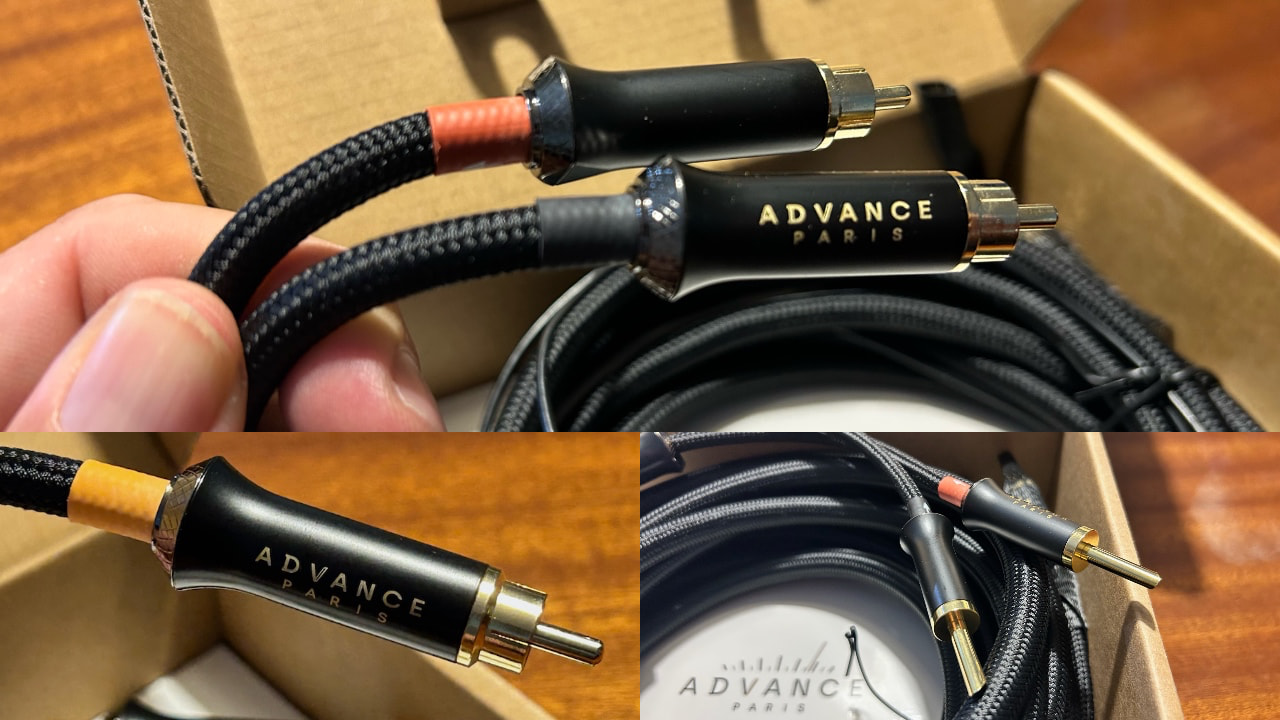
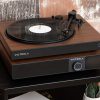
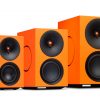

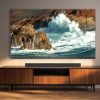

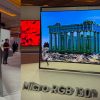
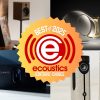







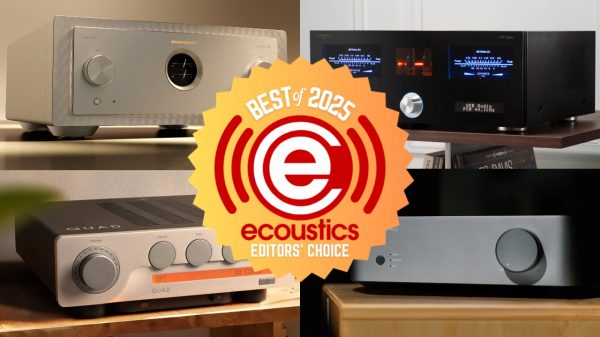

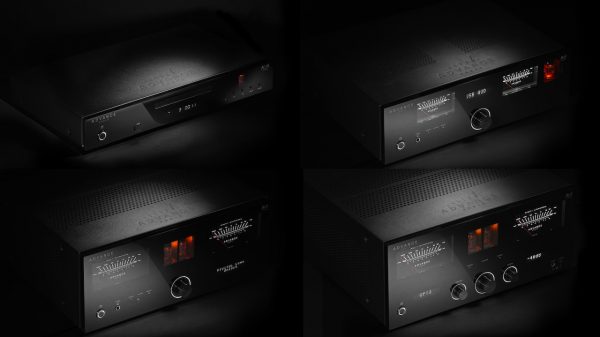
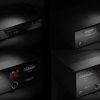

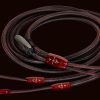
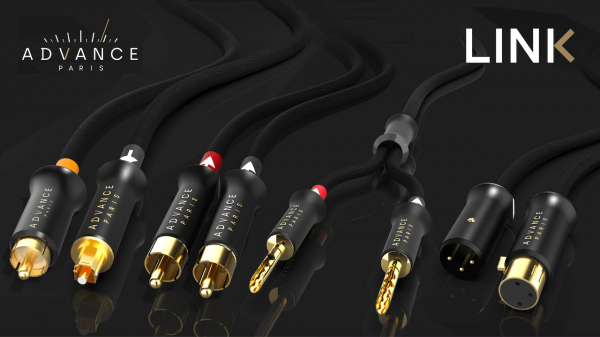














Anton
August 4, 2025 at 10:31 am
Look reasonably priced, but still not a fan of most audiophile cables.
$3,000 power cords are a total scam. Embarrassing that the industry would promote such lunacy.
And that applies to high-end “reviewers” as well who have promoted such nonsense for years.
The speaker cables look and feel like the best of the 3 in terms of performance and value.
Ian White
August 4, 2025 at 10:41 am
Anton,
I would agree that the speaker cables offer the best value for the money of the 3, but the interconnects are solid performers.
Audiophiles, and not just “Hi-Fi” reviewers, have prolonged this BS for far too long.
Yes, cables make a difference.
But is the difference that huge between $300 speaker cables and $3,000 speaker cables? I’m very skeptical of that.
I do think the “copper versus silver” part has some merit in terms of how they sound.
But at the end of the day, the cable is not the deciding factor in regard to assembling a good sounding system. Selecting equipment and speakers and dealing with room acoustic issues is like 95% of the battle. Cables (IMHO) are a method of tone control.
IW
ORT
August 8, 2025 at 5:08 pm
I am a tremendous proponent of TFBS. Toxigen Free BullShiet. I like cables for how they look. I was at a show years ago and there was a cable company asking people to give their cables a “listen”. I picked up a pair, held them to my ear and listened.
I told them I didn’t even hear the “ocean”. They were kinda nice looking but not enough so that I would buy them over a new car! I have no problem with those that can hear a difference or even just claim to. I just don’t much care for frAudiophiles that insist they possess the ears of Midas and that those who cannot hear the truth are Audio Philistines to be derided for their plebeian ways.
The ORTacle at HelFi
Ian White
August 9, 2025 at 4:07 pm
ORT,
As you know…I’m very anti-expensive cables. $2,000 power cords and $1,000 Ethernet cables are for those who apparently don’t care about money. I’m very impressed with these. Wait till you see the amplifiers.
IW